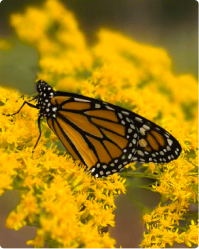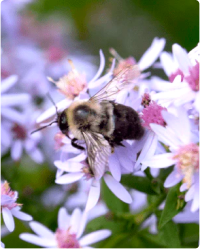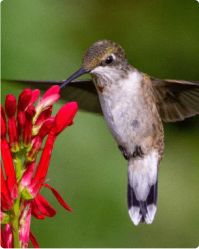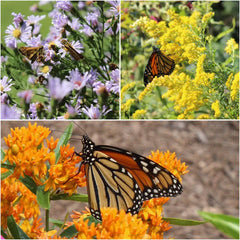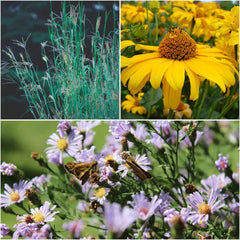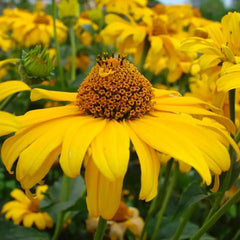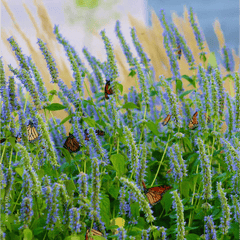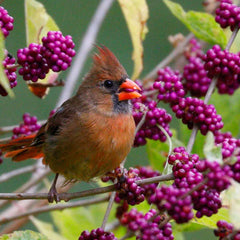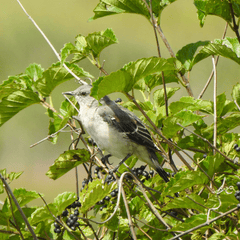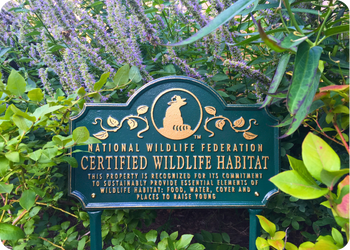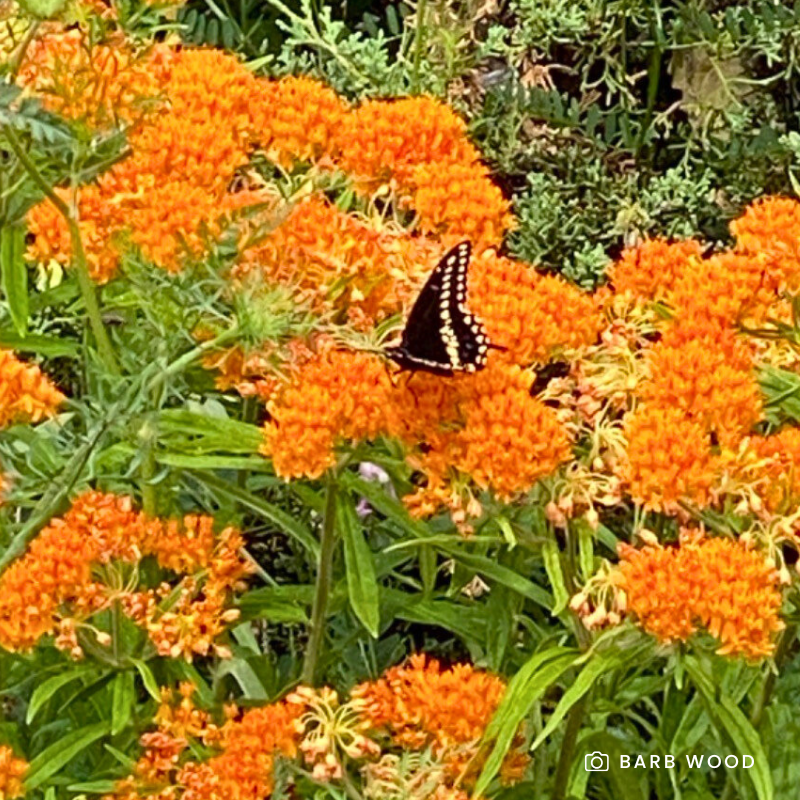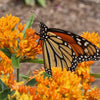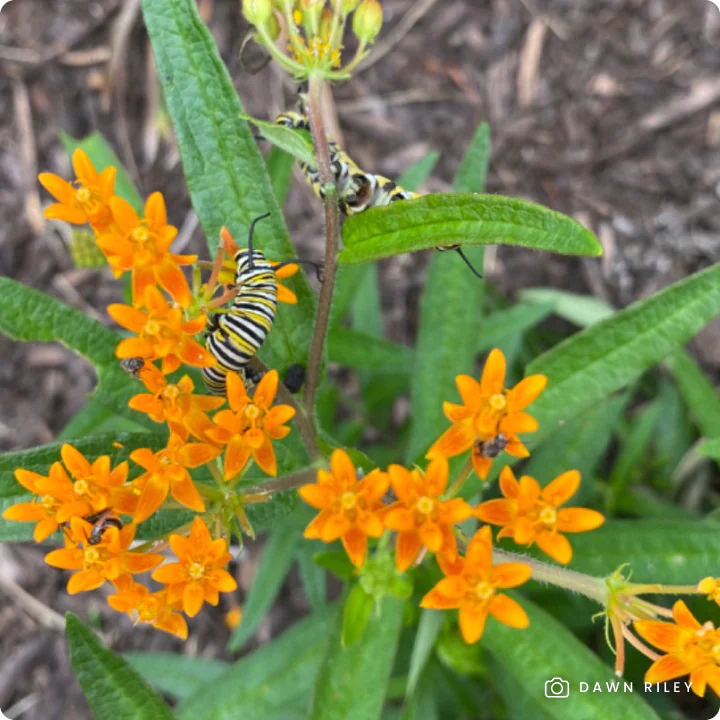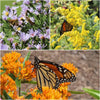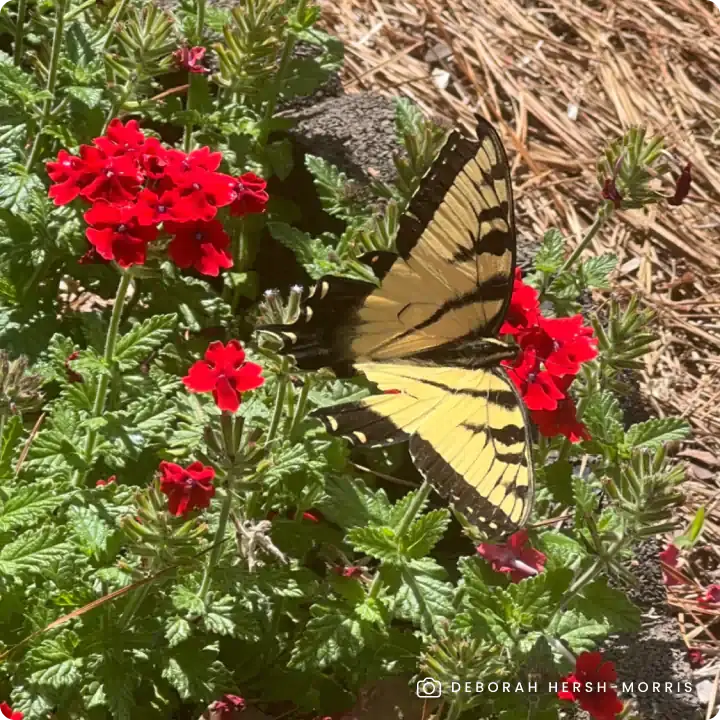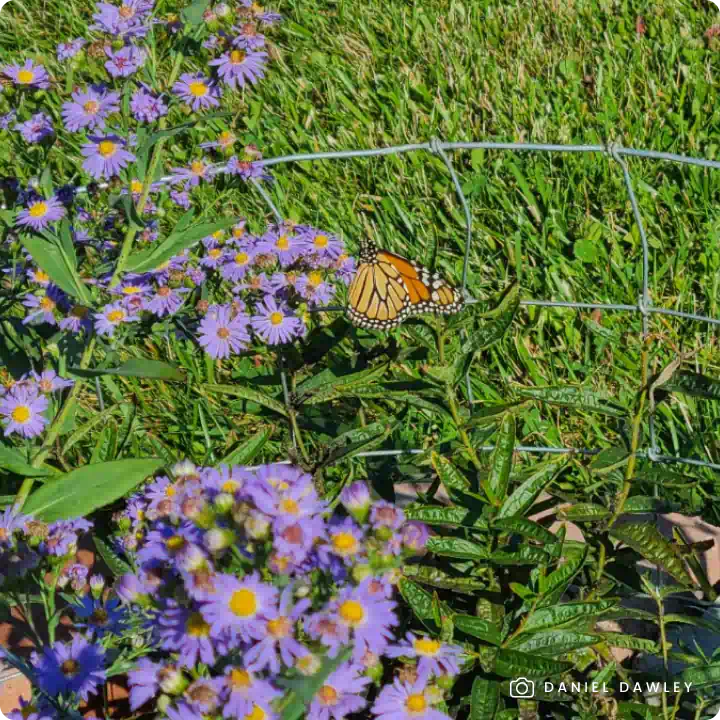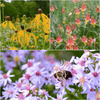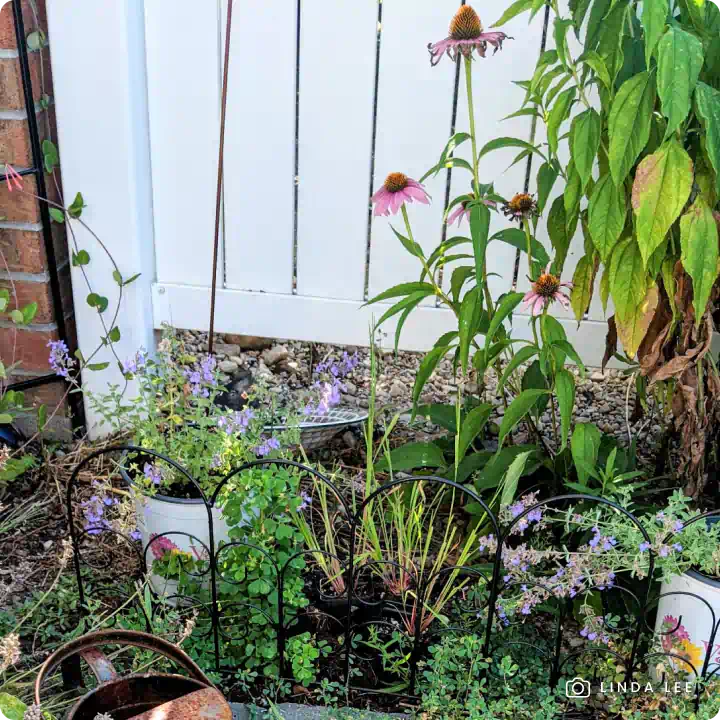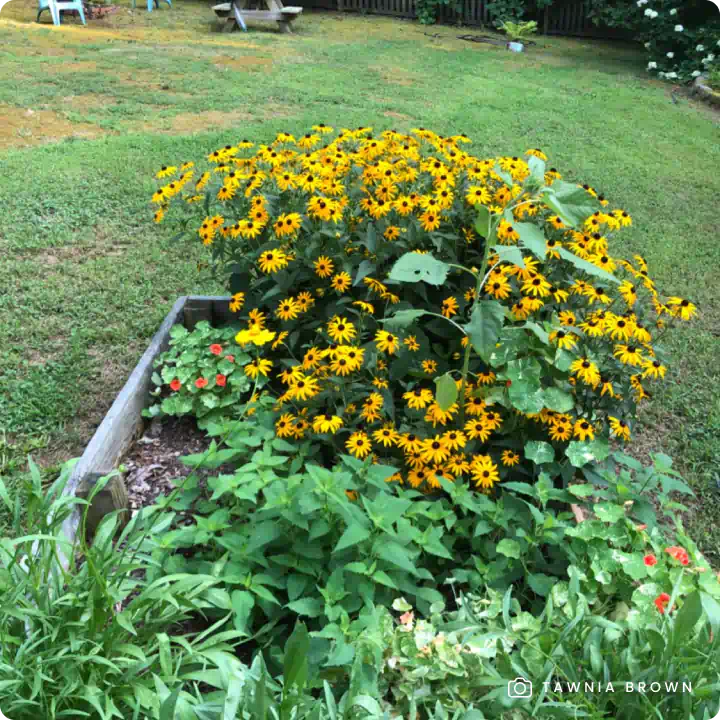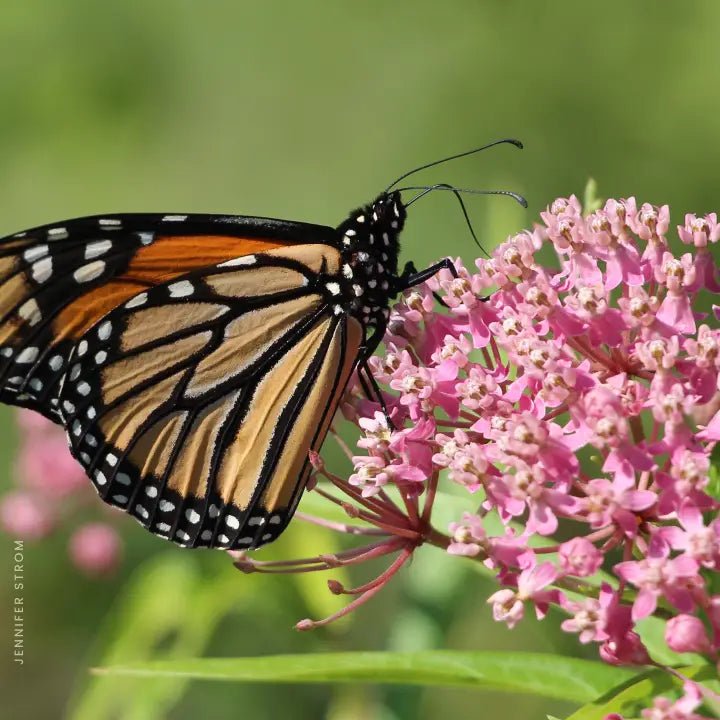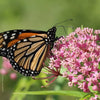Sourberry Shrub (Rhus trilobata), also known as Skunkbush or Fragrant Sumac, is a versatile, low-spreading deciduous native shrub prized for its year-round beauty and toughness. It features small, fuzzy leaves, yellowish clustered spring flowers, and bright crimson berries. Its foliage transforms into brilliant shades of yellow, orange, and red in the fall, making it a striking addition to any landscape.
This adaptable shrub is ideal for a variety of uses, from naturalistic plantings to informal hedges and soil stabilization projects. Its ability to grow on slopes and in washes, coupled with its deep, spreading root system, makes it excellent for erosion control. Once established, it is highly drought-tolerant, thriving in dry, sandy, rocky, and even clay soils with minimal care.
Why Grow Sourberry Shrub?
- Year-Round Beauty: Chartreuse flowers bloom in spring, followed by edible red berries in summer and colorful fall foliage.
- Wildlife Magnet: Female plants produce berries that are a vital food source for birds and small mammals, especially when other food is scarce.
- Pollinator & Host Plant: Its flowers attract pollinators, while the shrub serves as a host plant for several butterfly and moth species, including the Ceanothus Silkmoth and Virginian Tiger Moth.
- Drought-Tolerant & Resilient: This easy-to-grow shrub is naturally disease-resistant and thrives in a range of conditions, including poor, dry soils and slopes.
- Pollinator-Safe: Grown non-GMO and free of harmful neonicotinoids, promoting a healthy ecosystem for pollinators and wildlife.
Available in a one-gallon container.
Planting Tips
- Location: Plant in full sun or light shade. This plant is highly adaptable and can thrive in almost any soil, including sandy, rocky, and clay.
- Watering: Water regularly during the first growing season to establish a strong root system. Once mature, it is fully drought-tolerant.
- Maintenance: Minimal care is required. Pruning is not necessary, but you can trim it to maintain shape if desired. Allow it to spread to create a dense, functional groundcover or hedge.
For more information on planting, view our How to Plant Your Native Plants guide and other planting tips in the Garden for Wildlife Learning Center.
Add this versatile and beautiful shrub to your landscape for year-round color, effortless charm, and powerful support for wildlife.
